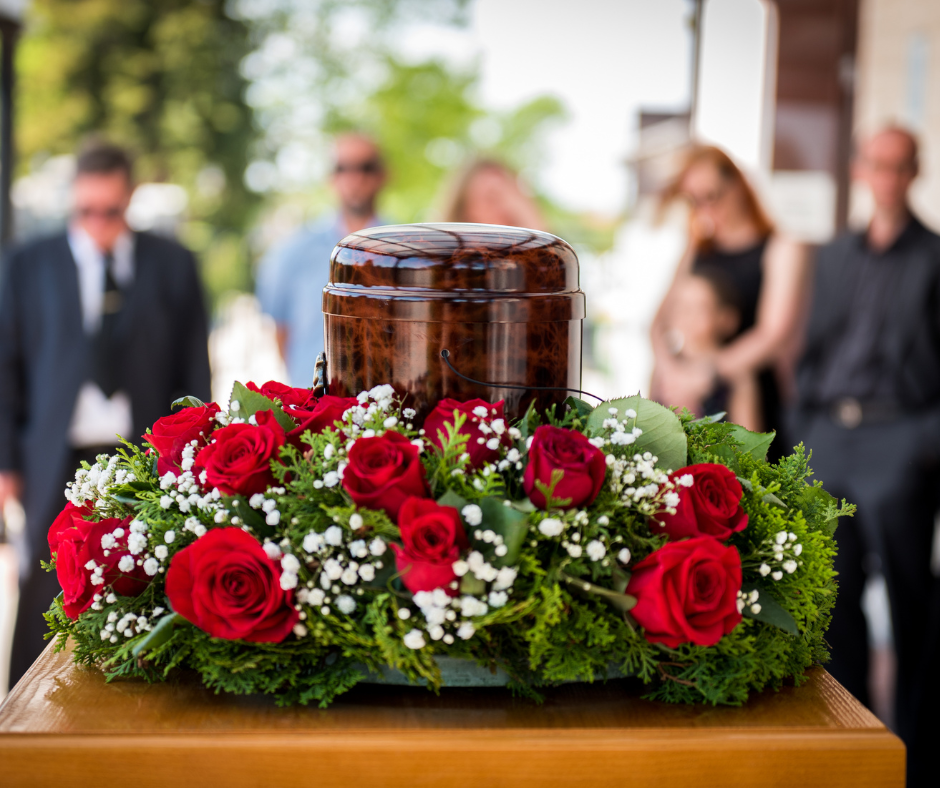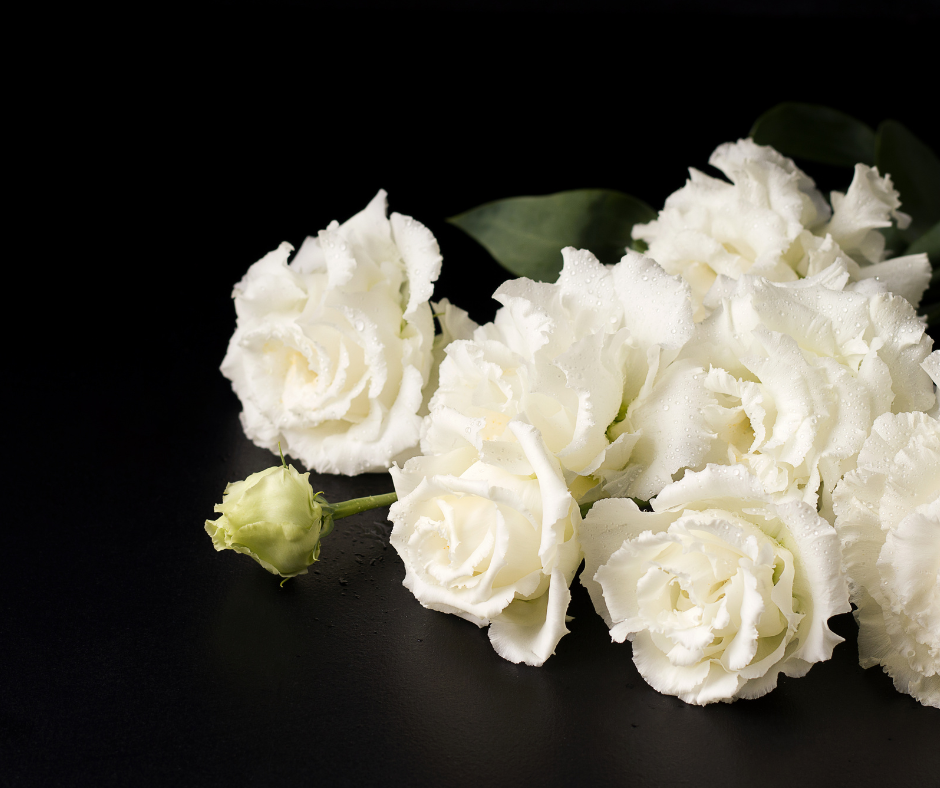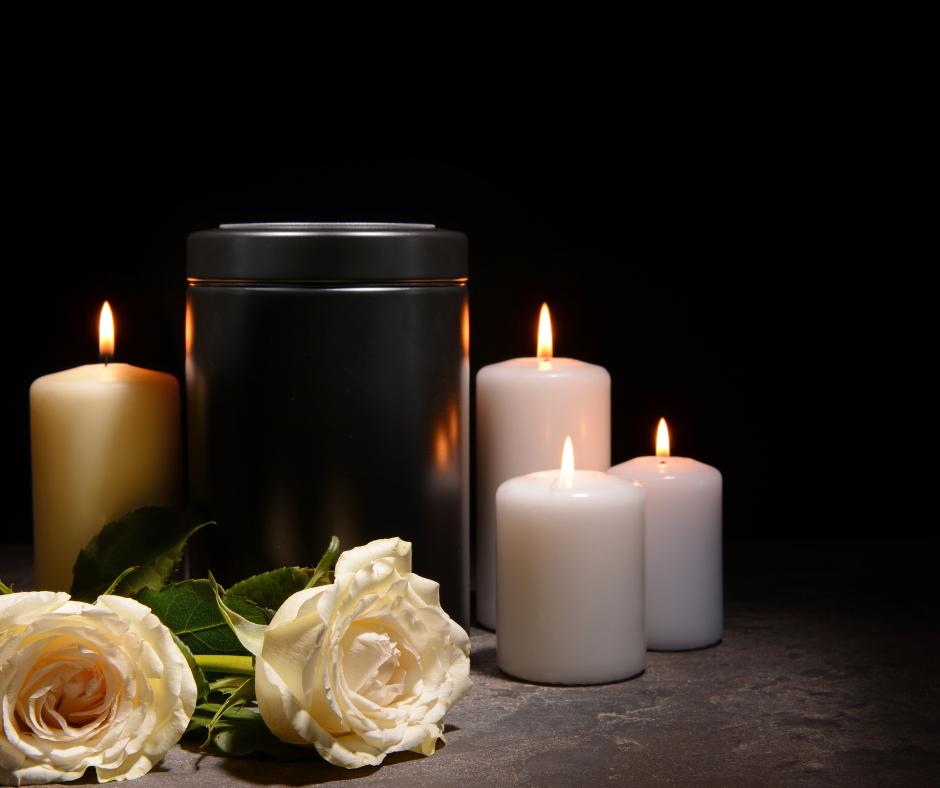Understanding the Cremation Process
For those considering the cremation process, whether for a loved one or in preparation for their own arrangements, understanding each step can offer clarity and peace of mind. This choice, rooted in personal, cultural, and environmental considerations, has become a respectful and dignified alternative to traditional burial and funeral planning. Below, we provide a detailed look at the cremation process work, from initial planning to final disposition.

Preparation for Cremation
Preparation begins with careful steps by the cremation provider and funeral home to ensure the process honors both the deceased and their family’s wishes. The cremation process starts when a funeral director receives legal authorization, including family consent and permits, which are often required by state laws or the National Funeral Directors Association. After permits and a death certificate are obtained, the funeral director or crematorium operator completes an identification process to ensure accuracy.
Any personal items, such as jewelry or keepsakes, are carefully removed before the actual cremation. Medical devices, such as pacemakers, are taken out as they can interfere with the cremation chamber’s safety. Families can keep sentimental items or place them in a separate cremation container. In the case of direct cremation—an option without a preceding memorial service—the process proceeds quickly, focusing solely on respectful disposition.

The Cremation Process Itself
The cremation process itself takes place within a specially designed crematory chamber, located within the crematorium. These chambers, commonly referred to as retorts, are crafted to perform the cremation process in a safe, respectful, and efficient manner. During cremation, the chamber reaches temperatures ranging from 1,400 to 1,800 degrees Fahrenheit, with the process typically lasting between two and three hours. Within this intense heat, human remains are gradually reduced to their basic elements through a carefully controlled, flame-based process, transforming the body into ash and bone fragments.
As environmental concerns have grown, some families are now opting for green cremation, also known as bio-cremation or water-based cremation, which uses water and alkaline solutions instead of flame to reduce remains. This eco-friendly alternative has minimal environmental impact, meeting the needs of families who prioritize sustainability while honoring their loved ones.
The cremation process is managed by experienced and certified cremation specialists who handle each step with professionalism, ensuring that every detail is handled with the utmost respect. Families who select a traditional cremation may also choose a cremation casket, crafted to fit the specifications of the cremation chamber. This casket is typically made from combustible materials, ensuring safe and complete cremation. Throughout the process, from the selection of the cremation casket to the handling and processing of remains, every step is carried out with dignity and care, honoring the wishes of the family and upholding respect for their loved one. This attention to detail helps families find comfort in knowing that their loved one is being treated with the utmost care and compassion.
Post-Cremation Processing and Preparation
After the actual cremation, the cremated remains, sometimes referred to as cremated ashes, are carefully processed. Cremation specialists prepare the remains by refining larger fragments into a fine, uniform texture. The resulting cremated remains are then placed in a cremation urn, often a temporary cremation container, until the family selects an urn or other keepsake.
A modern crematory often provides a variety of urns and options for families to consider, such as a cremation niche in a columbarium or a decorative memorial urn. Some may also explore options like cremation art, where ashes are incorporated into glass or jewelry pieces, providing unique ways to memorialize loved ones.
Memorialization and Final Resting Options
Choosing cremation offers families unparalleled flexibility in how they memorialize and honor their loved ones. Unlike traditional burial, which often has a more rigid set of practices, cremation allows families to shape a farewell ceremony that reflects their unique values, beliefs, and wishes. Whether as part of a traditional funeral or a standalone memorial, the service can be crafted in a way that truly resonates with those involved, creating a meaningful and memorable goodbye.
For those who still prefer a permanent resting place, many cemeteries provide specialized options, such as dedicated spaces for cremation urns, cremation niches, or even eco-friendly green burial plots. These options give families a choice of location and style that feels right for them. Alternatively, some families find comfort in scattering ashes in significant or beloved locations, allowing them to create a bond to places their loved one cherished in life.
For families who value a dedicated space for visitation, placing the urn in a cremation society niche or columbarium offers a lasting tribute. This dedicated space can serve as a sanctuary where family and friends can visit, pay their respects, and reflect. The variety of choices in cremation memorialization empowers families to make a decision that holds personal significance and provides a source of peace and connection for years to come.

Honoring Through Understanding: Finding Peace in the Process
The cremation process offers families the chance to say goodbye in a respectful and meaningful way. By understanding each step, from the cremation chamber to final memorialization, families can make informed decisions that honor the deceased. The entire process, whether following a traditional funeral or direct cremation, allows families to find peace and cherish their loved ones’ memories with dignity.
Cremation Process FAQs:
The cremation process involves several respectful steps carried out by a cremation provider or funeral home. Initially, the funeral director secures necessary legal documents, such as the death certificate, and obtains consent from the family. The deceased is prepared and placed in a cremation casket or container. During the actual cremation, the body is placed in a cremation chamber within a modern crematory, where intense heat reduces human remains to cremated ashes over several hours. The cremated remains are then processed and returned to the family for final disposition.
Yes, families often choose to have a traditional funeral or memorial service in conjunction with cremation. A funeral service can be held before the cremation process, allowing loved ones to pay their respects with the body present in a casket or coffin. Alternatively, a memorial service can take place after the cremation, featuring the cremation urn or other tributes. These services provide opportunities for grief support and honoring the deceased’s life, and they can be tailored to fit personal, cultural, or religious preferences.
There are numerous cremation options for the final disposition of cremated remains. Families may choose to keep the cremation urn at home, place it in a cremation niche within a columbarium, or opt for burial in a cemetery plot. Scattering the cremated ashes in a meaningful location is another option, though it may require permission from local authorities. Some people explore unique memorials like incorporating ashes into cremation art or jewelry. Consulting with cremation specialists or a cremation association can help you navigate these choices.
Cremation costs are generally more affordable than those associated with traditional burial. Expenses like purchasing a burial plot, coffin, or headstone are eliminated. Direct cremation, which does not include a funeral service, is the most cost-effective option. However, adding services such as a memorial service or specialty cremation caskets can increase the overall cost. It’s important to discuss all available options with your funeral director or cremation provider to understand the entire process and associated fees fully.


